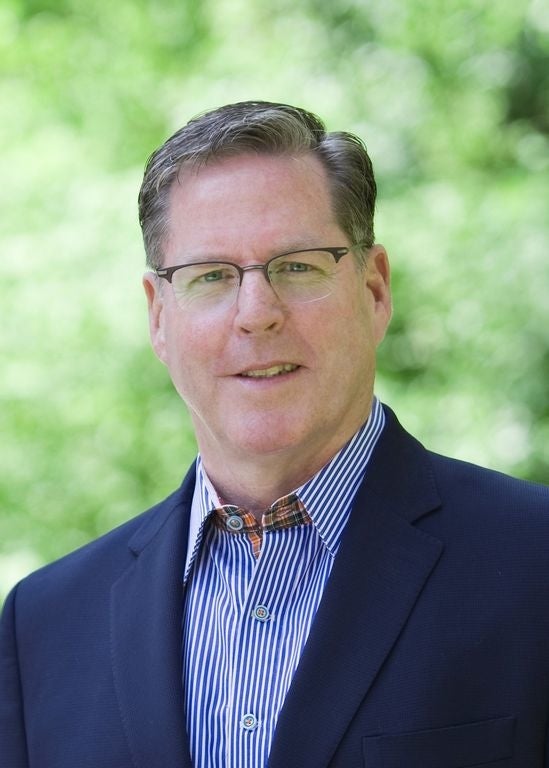Holliston biotech Biostage is on the cusp of an important milestone as it prepares to file an investigational new drug (IND) application with the U.S. Food & Drug Administration with the hope of launching clinical trials for its Cellspan esophageal implant intended to treat a rare condition in which a person’s esophagus doesn’t reach the stomach. CEO Jim McGorry spoke to WBJ about the company’s impending milestone.
How has the company been preparing for the FDA filing?
A lot of hard work. We’ve been working with our clinicians, scientists, individual team members and collaborators on animal studies and a lot of the scientific review. After many years, we’re very poised for this filing.
We’re excited by that. I know it’s a starting line and not a finish line, but it’s a big step for a biotech company to be able to translate their technology into humans. We’re really looking forward to our first IND filing in September.
If approved, how long would a clinical trial last?
We see Phase 1 probably running through 2020.
This would be the first in-human trial. Our goal is to be able to focus on pediatric esophageal atresia, but the FDA, very appropriately, wants you to do a couple of adults first before you can treat children.
This is about regenerating an organ. There’s a whole gap, and we’re putting that person’s cells, seeded on a 3D scaffold, that regenerates the esophagus.
If the FDA accepts the application and clinical trials go well, when could the Cellspan hit the market?
We’re doing work to be able to get this into kids, and we’re not talking about the market yet. We’re doing something that has never been done before, and we’re not trying to get ahead of ourselves. If the study goes well, we’ll move to the next level. Hopefully, the FDA will see the feasibility. I’ll stay away from predictions.
When you’ve been doing this for four or five years and have to shut it out all the time to be able to do that, I’ve learned to stay in the phase of which we’re in.
In the company’s second quarter earnings report, Biostage said it is looking to re-engage with U.S. markets. Why now?
In the last two years, our company has been funded through private investors. They believe in our company long term and have kept our company alive for the last two years. We have kind of scraped by and moved forward in a very efficient way.
Going into humans is a big signal to investors and a big signal to others. We believe if we get a positive response from the FDA, we’ll look to raise additional money through the U.S. capital money and uplift our stock on the Nasdaq.
The company has talked a lot about Asian markets and the unmet need in those countries for people suffering from esophageal cancer. Is there also an underserved population in the U.S.?
Our first area of clinical trials will be done in the U.S. We’re focused on the approximately 1,000 kids in the U.S. born with gap between their upper and lower esophagus. We’ll be working through the Connecticut Children’s Medical Center, and we’re talking to other children’s hospitals and the American Pediatric Surgical Association.
Where the Asian piece came in is the incidence of esophageal cancer in Asia, which is almost 10 times higher than in the U.S. Some of our other investors want to see our technology go worldwide, but first we’ll be focusing on clinical trials in the U.S. and looking at other places from there.
What’s it meant to the company to be able to reach this milestone after an uncertain future over the past few years?
A startup turnaround is not for the faint of heart. The challenge to the company has been balance sheet issues and not having financial runway to be able to move forward.
Sometimes, that focuses your mind. When we went through a real challenge in 2017, we said, “Man, are we just going to give up?” We really saw the opportunity from some of these bumps in the road, but I really believe that has galvanized the company and our investors.
It is a rollercoaster to bring a new innovation to market, but I think the driving force is just like what I’ve learned from a lot of our clinicians: It’s all about the kids and trying to find a better way.
This interview was conducted and edited for length and clarity by WBJ Staff Writer Zachary Comeau.

